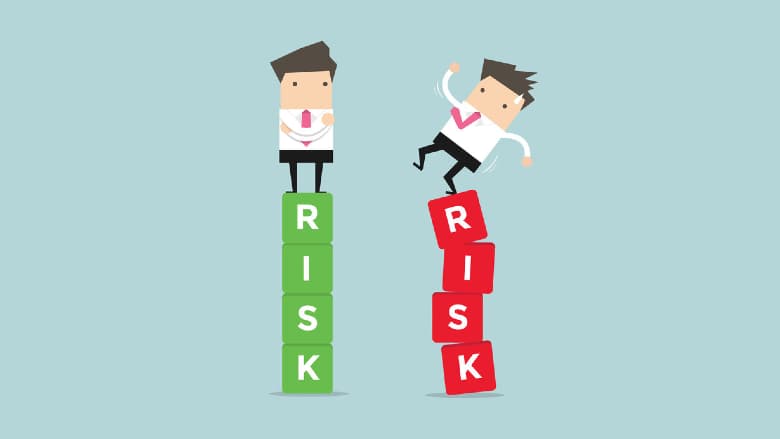Recently I ran into my neighbour Fai, and found out that he’s recently retired as he just turned 60. Like many retirees, Fai has no idea how to manage his retirement savings.
The investment environment is very challenging for retirees this year. Due to the impact of COVID-19, conventional dividend-paying stocks like those from the utilities and banking sectors are offering less or even zero dividends, affecting investors who rely on such dividend payouts as a source of income. The Hong Kong Government announced in March the launch of another batch of Silver Bond designed for citizens aged 65 or above, as well as the re-launch of the inflation-linked retail bond, or iBond, offering low-risk investment options for retirees.
For retirees, the key investment objectives are principal protection, as well as profit gaining to cope with inflation. The advantages of Silver Bond and iBond are that both offer gains which are linked to inflation, while their fixed rates are higher than that of time deposits.
Since most retirees do not have a stable income, before subscribing, they should consider their capital needs in the next three years carefully. As there is no secondary market for Silver Bonds, investors can only sell their bonds at par to the custodian banks or dealers before maturity. Meanwhile, iBonds, listed or not listed, can be traded in the secondary market. The listed type can be traded at quoted prices through custodian banks or dealers, while the unlisted type can be publicly traded. How iBonds are traded and their associated charges also varied.
iBond and Silver Bond are often over-subscribed and there may not be a sufficient quantity to meet every investor’s need. However, they are investment options that can diversify risks and guarantee returns.
More: Inflation-linked bonds






